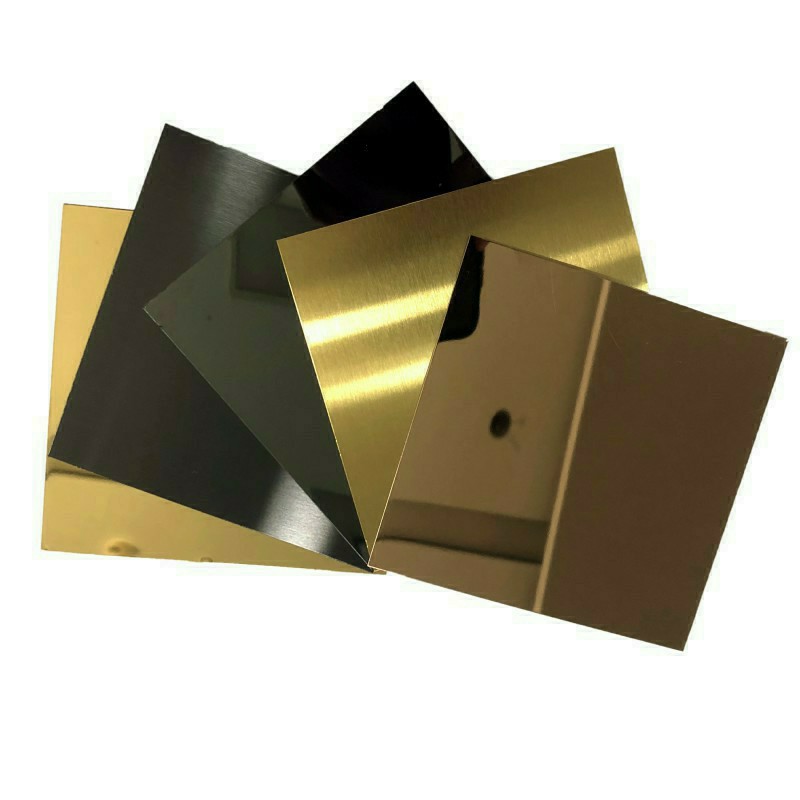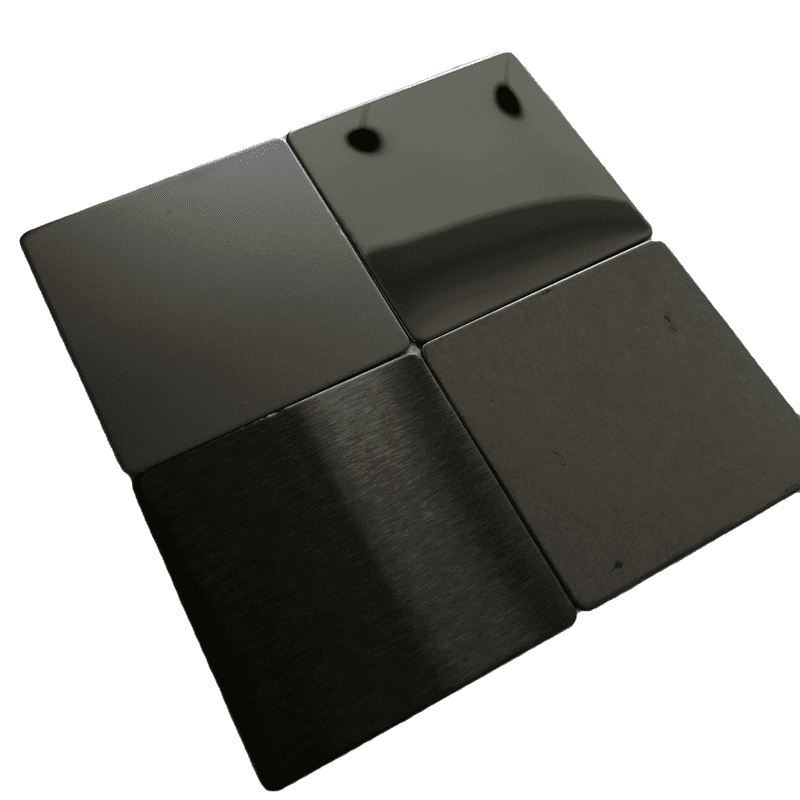
When brown rust spots appear on the surface of stainless steel, people are probably surprised-"stainless steel does not rust", "rust is not stainless steel", "maybe there is a problem with the steel"... In fact, this is for stainless steel Misconceptions that lack understanding. Stainless steel can also rust under certain conditions. Stainless steel has the ability to resist atmospheric oxidation—that is, non-rust; at the same time, it also has the ability to resist corrosion in media containing acid, alkali, and salt—that is, corrosion resistance; however, the size of its corrosion resistance depends on its The chemical composition of the steel itself, the state of addition, the conditions of use and the type of environmental media change. For example, 304 steel has excellent anti-corrosion ability in a dry and clean atmosphere. However, if it is moved to a coastal area, it will quickly rust in sea fog containing a lot of salt. Therefore, it is not a kind of stainless steel, which can resist corrosion and rust in the environment.
Due to its very lengthy span and unsafe natural environment, Pingtan Strait freeway rail dual-purpose bridge has really strict demands on the toughness, durability and also weldability of bridge steel plates required for building and construction. Many performance indexes surpass the nationwide criteriaIn addition, stainless steel relies on an extremely thin, strong, dense, and stable chromium-rich oxide film (protective film) formed on its surface to prevent oxygen atoms from penetrating and oxidizing, thereby obtaining the ability to resist corrosion. Once for some reason, this film is continuously destroyed, oxygen atoms in the air or liquid will continuously infiltrate or iron atoms in the metal will continuously separate out, forming loose iron oxide, and the metal surface will continue to rust. There are many forms of damage to this surface film, the common ones are the following:
1) The surface of stainless steel has accumulated dust containing other metal elements or attachments of foreign metal particles. In humid air, the condensed water between the attachments and stainless steel connects the two into a micro battery, triggering electrochemistry Reaction, the protective film is damaged, which is called electrochemical corrosion.
2) The organic juice (fruits, vegetables, noodle soup, etc.) adheres to the stainless steel surface, which forms organic acid in the presence of water and oxygen, and the organic acid will corrode the metal surface for a long time.
3) The surface of stainless steel adheres to containing acid, alkali, and salt substances (such as alkali water and lime water for decorative walls), causing local corrosion.
4) In polluted air (such as the atmosphere containing a large amount of sulfide, carbon oxide, and nitrogen oxide), it will form sulfuric acid, nitric acid, and acetic acid liquid spots when encountering condensed water, causing chemical corrosion.
Current situation of transformer market under energy transition
2024-03-26What is stainless steel embossed plate? What is the difference with stainless steel etched plate?
2022-09-16Analysis of the factors behind the decline of the total foreign trade of silicon steel
2024-01-26Stainless Steel Water Pipes: Mainstream Trend for Home Improvement Water Pipes!
2020-11-24Development and application of oriented electrical steel for UHV and new energy equipment
2023-11-18Application of silicon steel in different industries
2022-09-21








